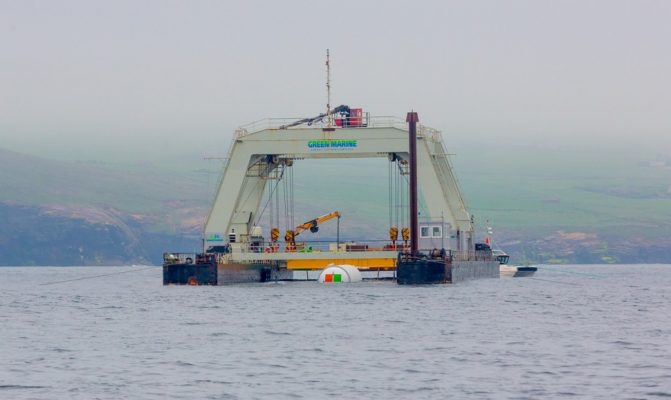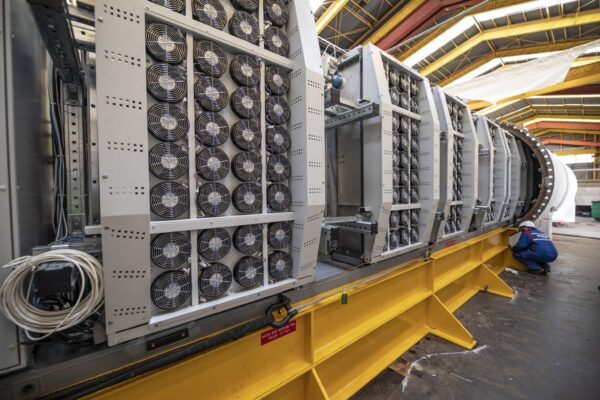
PARIS. Microsoft has selected the French Naval Group to implement Phase 2 of its immersed Datacenter venture, also referred to as Project Natick. The datacenter efficiently deployed in early June 2018 off the Orkney Archipelago, and shall be operated “lights-out” for a interval of 1 year.
Éric Papin, Naval Group’s Director of Innovation and Technological Expertise, highlights the boldness of the venture and Naval Group’s participation. “We are proud to convey Naval Group’s experience on design, implementation, deployment and upkeep of progressive initiatives in maritime environments to the service of Microsoft. Naval Group has at all times invested in analysis and improvement, most just lately in Marine Renewable Energies. We are happy to take part in Microsoft’s imaginative and prescient for a clear vitality future.”
“Naval Group and its subsidiary Naval Energies have tailored their applied sciences to the design of the Natick Phase 2 datacenter construction.”
Naval Group is supporting Microsoft towards its objective to build, deploy and operate an underwater datacenter which is as powerful as several thousand high end consumer PCs with enough storage for about five million movies. The datacenter is contained in a submersible cylindrical system inspired by the underwater constructions of Naval Group. A triangular base (also called Subsea Docking Structure), ensures the positioning of the datacenter at the bottom of the ocean. A dual air-water system enables cooling of the datacenter, thus taking advantage of the temperature of the underwater environment.
Naval Group, with the support of its subsidiary Naval Energies, carried out this project relying on its strong industrial capabilities, involving the sites of Nantes-Indret (design), Cherbourg (model tests), Lorient (subsea base manufacturing) and Brest (design and manufacturing of the pressure vessel).

The European Marine Energy Centre test base provided a favorable environment for the deployment of Phase 2 of the Natick Project, which is powered by marine renewable energy sources.
The underwater datacenter is designed to remain immersed for 5 years without direct intervention and will be operated “lights-out” for a year to evaluate its performance in real use conditions.
Installed near the coast, this type of installation is less resource intensive, offers rapid provisioning and could be located closer to customers: half of the world’s population lives and works within 200 kilometers of the coast.
Ben Cutler, Project Natick Manager at Microsoft Research: “Microsoft is pleased to collaborate with Naval Group on Phase 2 of Project Natick. Project Natick reflects Microsoft’s ongoing quest for cloud datacenter solutions that offer less resource intensive options, rapid provisioning, lower costs, and high agility in meeting customer needs.
A key advantage is getting closer to our customers: half the world’s population lives within 200 km of the sea, so placing datacenters offshore increases the proximity of the cloud to the population, reducing latency and providing better responsiveness. And by deploying in the water we benefit from ready access to cooling – reducing the requirement for energy for cooling by up to 95%.
Naval Group’s deep expertise in innovative marine technologies, including renewables, makes it an ideal choice for collaboration on Phase 2’s design, fabrication, and deployment of a standard, manufacturable, rapidly deployable datacenter.”








